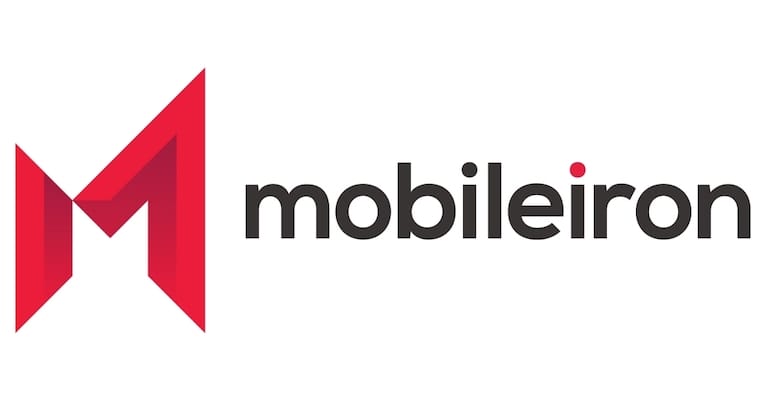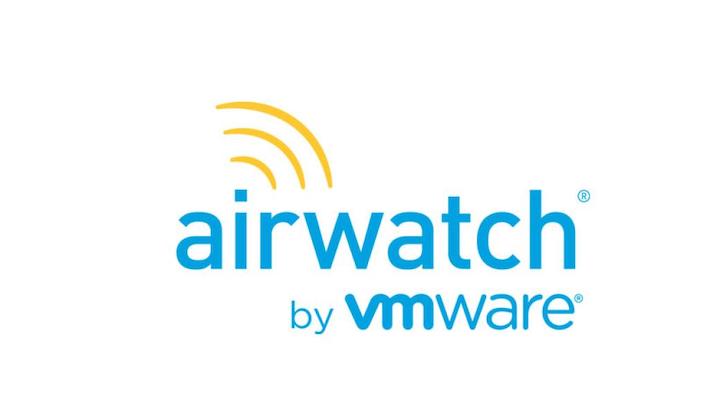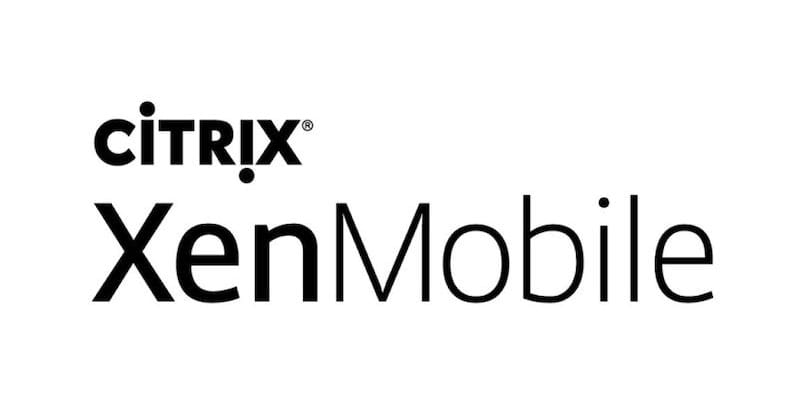Mobile Device Management
The way mobile devices are used by employees (Bring Your Own Device = BYOD) in the corporate environment today has changed significantly in recent years. More and more often, employees connect their own devices to secure company networks. While employers appreciate the advantage of greater efficiency and the associated lower device costs, employees on the other hand appreciate the greater flexibility of simplified handling.
As with any new trend, this one also brings with it a number of challenges in terms of security, connectivity, data protection, and device management. Not only these challenges but also many different mobile providers and different OS on the mobile devices make a Mobile Device Management System (MDM) in your company necessary. Your IT department has the possibility to manage the mobile devices and to provide applications and data to the employees in consideration of the security guidelines of the company.
MDM is one, if not the main component, of EMM (Enterprise Mobility Management). Over the years, MDM has had to be constantly developed to meet the security standards in the companies, especially for BYOD. More and more MDM in combination with other security tools developed into EMM, which today enables administrators to securely map the mobile device usage of employees in daily business operations.
EMM: Enterprise Mobility Mangement
Components from EMMEMM typically comprises a combination of MDM, Mobile Application Management (MAM), Mobile Content Management (MCM) and Identity and Access Management (IAM).
MDM is the foundation of every Enterprise Mobility Suite. It is based on the combination of an agent application installed on an endpoint device (mobile device) and server software deployed in the enterprise data center or in the cloud. Administrators use the MDM server management console to set policies and configure settings. The agent enforces these policies and configures these settings through integration with application program interfaces (APIs) that are built into mobile operating systems (OS).
MAM provides more granular management and security. These applications allow administrators to set policies for a specific application or group of applications, rather than for the entire device. Some applications have built-in specific MAM APIs, while others rely on the device-level MAM APIs of most major mobile operating systems.
With MCM, IT can control which applications can access or transfer enterprise data.
IAM capabilities control how, when, and where employees are allowed to use enterprise applications and data, while providing some easy-to-use features such as single sign-on. Many EMM vendors integrate identity features such as federation and multi-factor authentication.
These four technologies have evolved as stand-alone products, but are increasingly available combined in larger EMM software suites. (Source: TechTarget)
The decision which MDM mechanisms should be used depends on many factors and is a major challenge for many IT departments. We would be happy to advise you in your decision making on the topic of Mobile Device Management and also take into account your future plans for your company. Furthermore, we will also help you with the implementation of your project.
Below you will find the companies with which we have already been working successfully for many years.
MDM is the foundation of every Enterprise Mobility Suite. It is based on the combination of an agent application installed on an endpoint device (mobile device) and server software deployed in the enterprise data center or in the cloud. Administrators use the MDM server management console to set policies and configure settings. The agent enforces these policies and configures these settings through integration with application program interfaces (APIs) that are built into mobile operating systems (OS).
MAM provides more granular management and security. These applications allow administrators to set policies for a specific application or group of applications, rather than for the entire device. Some applications have built-in specific MAM APIs, while others rely on the device-level MAM APIs of most major mobile operating systems.
With MCM, IT can control which applications can access or transfer enterprise data.
IAM capabilities control how, when, and where employees are allowed to use enterprise applications and data, while providing some easy-to-use features such as single sign-on. Many EMM vendors integrate identity features such as federation and multi-factor authentication.
These four technologies have evolved as stand-alone products, but are increasingly available combined in larger EMM software suites. (Source: TechTarget)
The decision which MDM mechanisms should be used depends on many factors and is a major challenge for many IT departments. We would be happy to advise you in your decision making on the topic of Mobile Device Management and also take into account your future plans for your company. Furthermore, we will also help you with the implementation of your project.
Below you will find the companies with which we have already been working successfully for many years.
Contact us! We are already looking forward to planning and implementing your project together with you.







